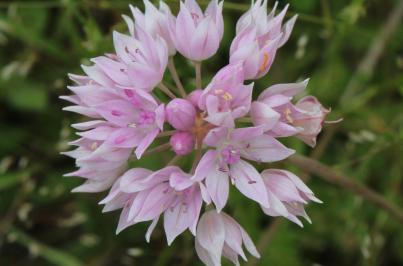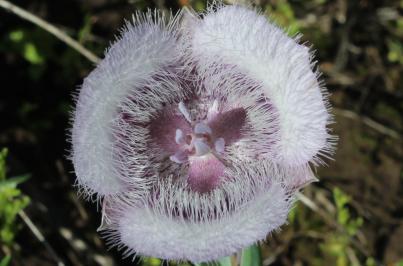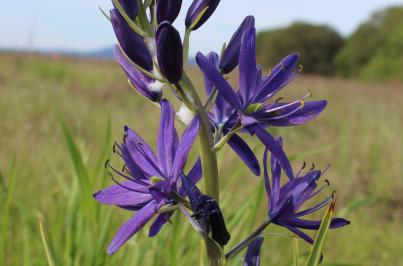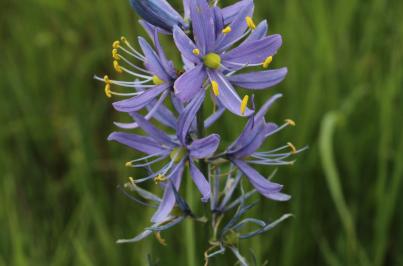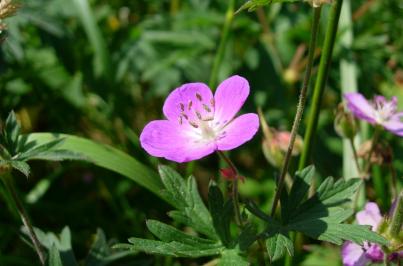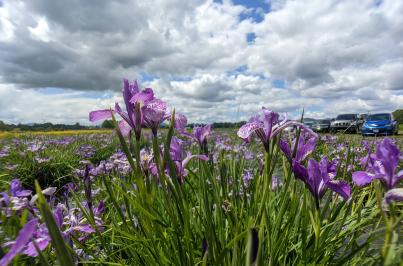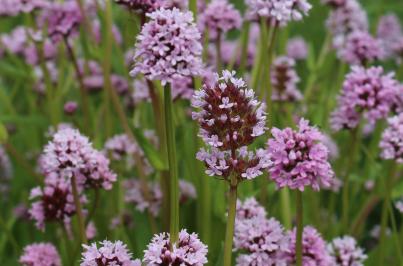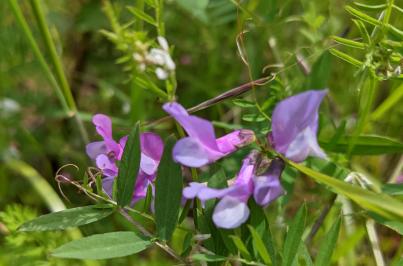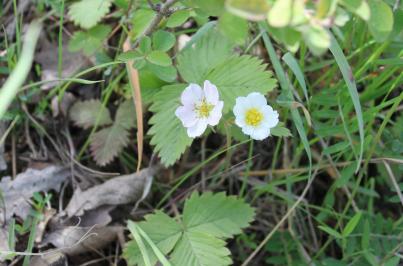Growing native plants from seed is easy if you understand a few fundamentals! The first challenge to growing native plants is overcoming seed dormancy. While the seeds of most garden vegetables require light, moisture, and warm soils to germinate, those conditions are not sufficient to grow native plants. Seeds from native plants need to be exposed to a cold, wet winter in order to germinate. This cold wet period is called “stratification”. Many of Oregon’s native plants have evolved to germinate in the spring, and the passing of four, cold, wet months is one cue native plants rely upon to know that spring has arrived. If the plants accidentally germinate in the fall, they can easily freeze and die over the winter.
Here is what you need to get started growing native plants:
- Step 1. Purchase native seed (Beware! Many “wildflowers” may actually be non-natives). Wild seed collection almost always requires a permit. See below for more information.
- Step 2. Store seed in a paper bag in a cool, dry place until November. Seeds get moldy in plastic bags.
- Step 3. Fill seed trays / pots with special seed starting soil (baby roots don’t like chunky soil).
- Step 4. Wet the soil gently.
- Step 5. Scatter seed lightly over the surface (5 seeds per pot).
- Step 6. Add a very thin layer of soil on top of the seed (just enough to cover the seed).
- Step 7. Label your plant pots/trays with pencil (ink fades in the sun).
- Step 8. Set your pots / trays outdoors in a location that receives plenty of cold, wet weather.
- Step 9. Protect seeds from birds, squirrels, and large rain-drops by placing an old window screen or netting over the pots.
- Step 10. Watch for germination to occur in April or May (watch out for slugs!)
- Step 11. Keep your seedlings moist! This is where most people kill their plants since seedlings are very sensitive to drying out.
- Step 12. Transplant your seedlings into larger pots after 2 weeks. Leave only one plant per pot to give seedlings space for their roots to develop, or you will get a lot of dwarf, sickly plants.
- Step 13. Either keep the plants in a pot for a year or transplant them into your garden in May and give them plenty of water the first year.
- Step 14. Enjoy! Trade!

